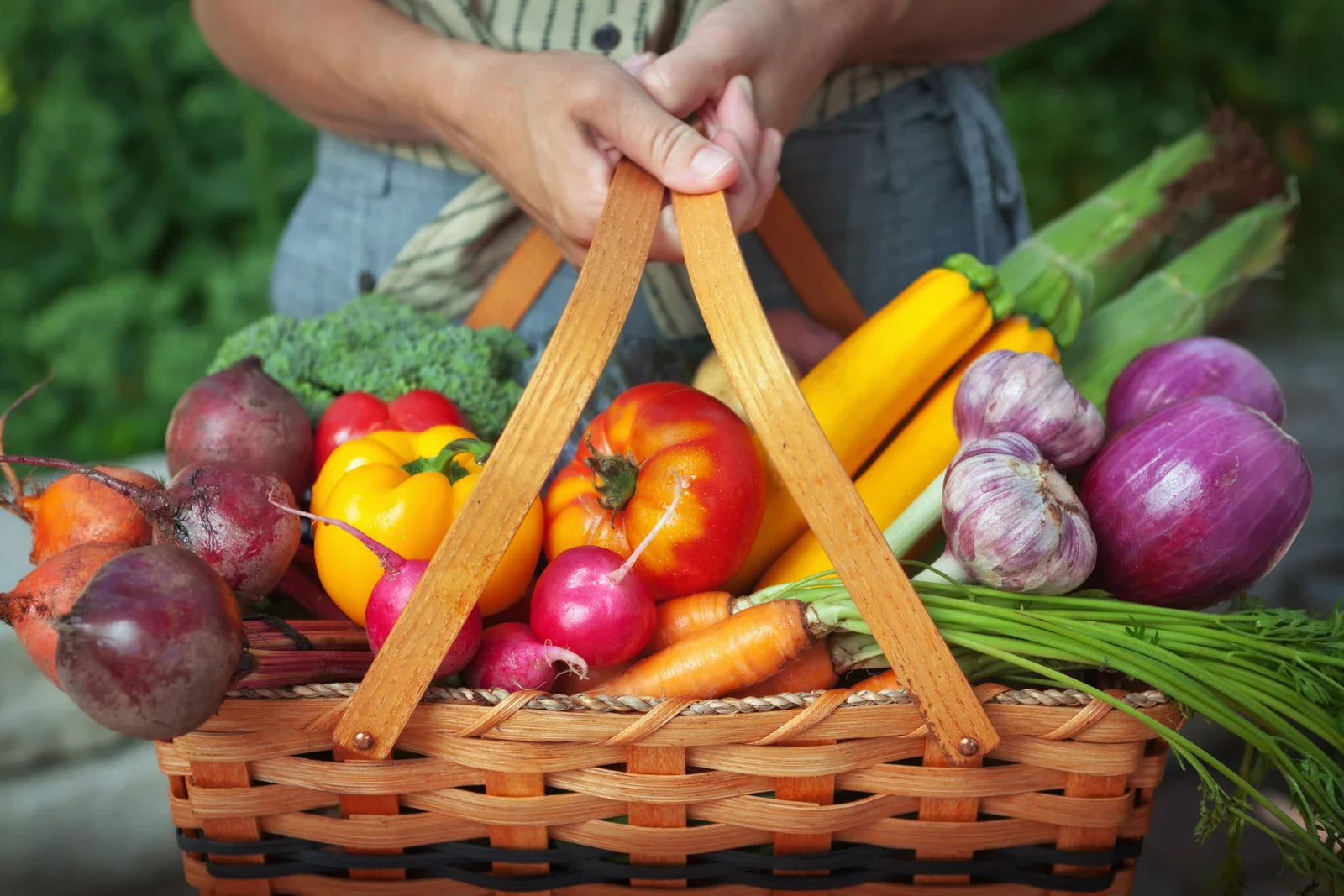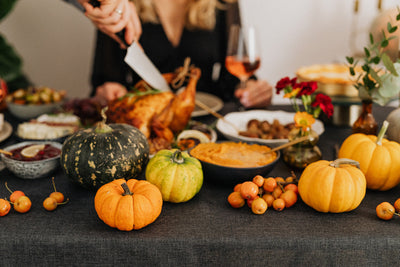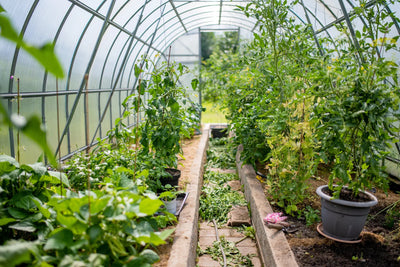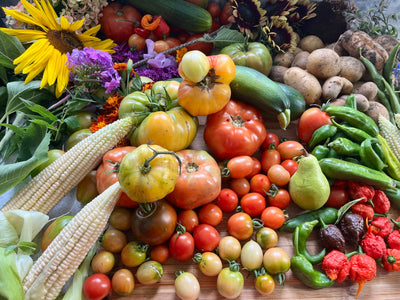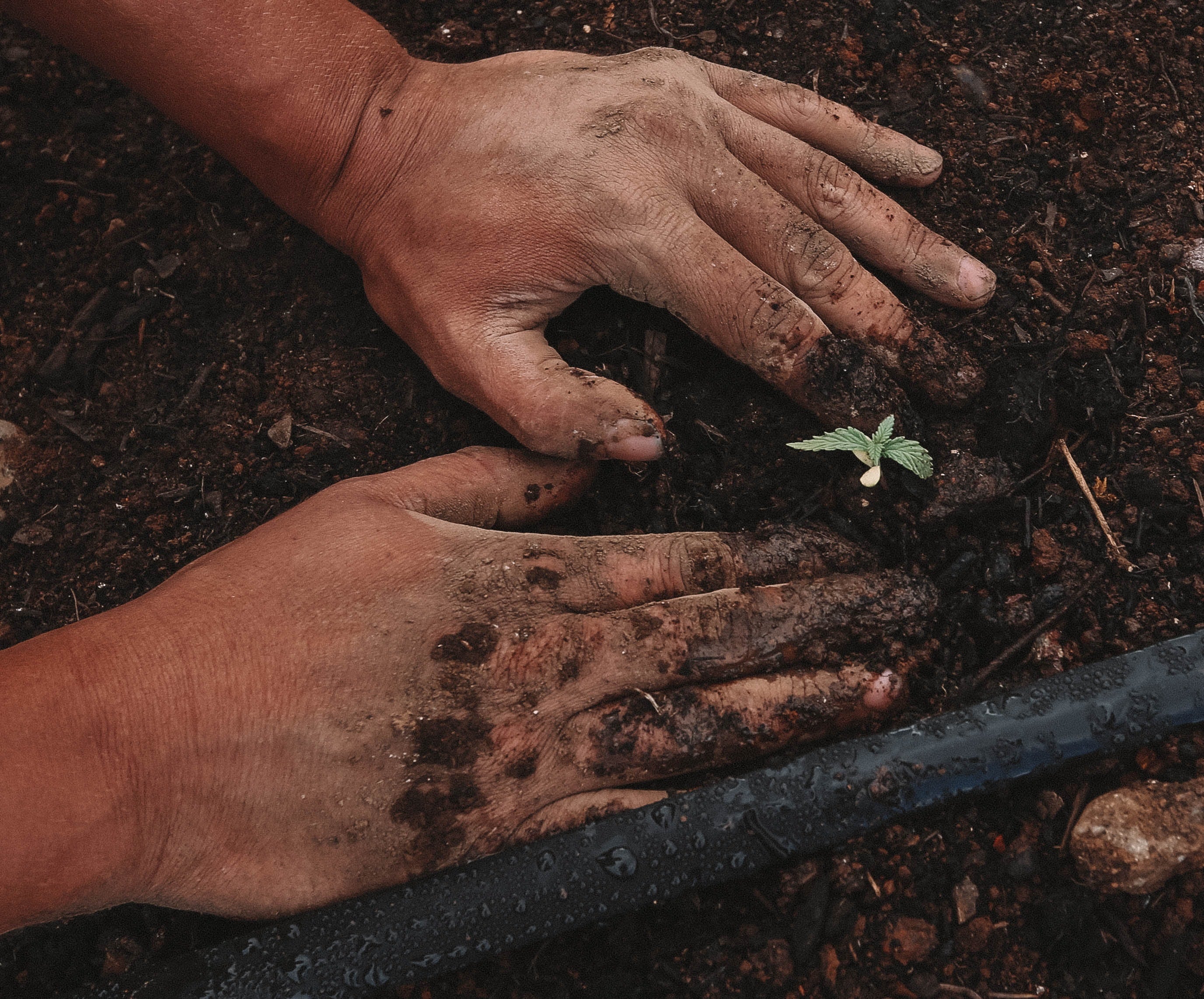In a world where supermarket shelves can empty overnight and global supply chains can feel shaky at best, more and more people are looking for ways to reclaim control over their food. But for many communities—especially Indigenous and small-scale growers—this goes beyond simply planting a backyard garden.
It’s about food sovereignty: the right to define, produce, and access culturally appropriate and ecologically sustainable food systems. It’s about cultural autonomy, preserving heritage crops and traditions passed down for generations. And at the heart of it all? Seed sovereignty—the ability to save, share, and control the seeds that sustain our way of life.
Let’s dig into what these ideas mean, why they matter, and how you can be part of this growing movement.
Table of Content
What Is Food Sovereignty (And Why Should You Care)?
Food sovereignty isn’t just about eating healthy or knowing where your food comes from—it’s a movement. It was first defined in 1996 by La Via Campesina, a global network of farmers and food producers, and it puts people (not corporations) at the center of food systems.

In plain terms, food sovereignty means:
Communities have the right to decide what foods they grow, how they grow them, and how they share them.
Local production takes priority over global agribusiness.
Cultural food traditions are respected, whether it’s Indigenous wild rice harvesting, Appalachian heirloom corn varieties, or family recipes handed down for generations.
Sustainable practices protect soil, water, and biodiversity for the next generation.
When we talk about food sovereignty, we’re really talking about freedom —freedom from corporate seed monopolies, freedom from chemically dependent farming systems, and freedom to eat the foods that connect us to our history.
Why Cultural Autonomy Matters in the Garden
Food is more than fuel—it’s identity. For Indigenous communities and other culturally rooted groups, certain plants carry deep historical, spiritual, and nutritional significance.
Losing access to these foods isn’t just about nutrition—it’s about losing a piece of heritage. Unfortunately, industrial agriculture has replaced thousands of local varieties with a handful of mass-produced hybrids and genetically modified crops. That means:

In plain terms, cultural sovereignty means:
Genetic diversity declines —leaving food systems more vulnerable to pests, disease, and climate change.
Cultural recipes vanish because the ingredients are no longer available locally.
Communities become dependent on outside corporations for seeds and fertilizers.
Cultural autonomy in food systems is about taking that power back. It’s about growing the beans, squash, corn, and herbs your ancestors knew—not because they’re trendy, but because they’re yours.
Must Have Products For Beginners
Seed Sovereignty: The Foundation of Food Sovereignty
Here’s the truth: without control over seeds, there is no control over food. That’s why seed sovereignty is one of the most critical elements of the food sovereignty movement.
What Is Seed Sovereignty?
Seed sovereignty is the right to save, use, exchange, and sell your own seeds, free from restrictive laws, patents, or corporate control. It’s the ability to keep planting year after year without having to buy from big agribusiness.

It means you can:
Preserve open-pollinated and heirloom varieties that have adapted to your region over decades or centuries.
Avoid the trap of terminator seeds or hybrids that can’t be reliably replanted.
Build your own seed library —a living bank of genetic diversity for future generations.
Here at Seed Armory, we believe heirloom seeds are your best tool for food independence. They’re open-pollinated, non-GMO, and capable of being saved season after season—making them perfect for long-term survival gardening and cultural preservation.
Some Products We Reccomend:
How Indigenous and Local Communities Are Leading the Way

Some current examples include:
The White Earth Nation in Minnesota reviving traditional wild rice harvesting.
The Cherokee Nation preserving rare heirloom seeds like Cherokee White Eagle corn.
First Nations in Canada protecting salmon runs as part of food sovereignty rights.
These projects aren’t just about producing food—they’re about strengthening communities, protecting ecosystems, and ensuring that young people grow up knowing their culinary and agricultural heritage.
Why This Movement Matters for Everyone—Not Just Farmers
You don’t have to be a large-scale grower to benefit from food and seed sovereignty. Here’s why it matters for you:
Resilience in uncertain times – If global supply chains falter, local food systems can keep people fed.
Better nutrition – Fresh, locally grown produce often contains more nutrients than store-bought alternatives.
Environmental protection – Small-scale, ecologically sound farming helps rebuild soil, reduce pesticide use, and protect pollinators.
Community connection – Gardening, seed swaps, and local markets create bonds between neighbors.
Whether you have a backyard garden, a few raised beds, or even just a sunny balcony, you can be part of building a resilient, culturally connected food system.
Practical Ways to Support Food Sovereignty at Home
1. Start Saving Your Seeds
If you grow heirloom, open-pollinated plants, you can collect seeds at the end of the season to replant next year. Not only does this save money, but it also allows your plants to adapt to your specific soil and climate over time.
2. Grow Culturally Significant Crops
If your family has roots in a particular region, try growing vegetables or herbs that are part of your heritage. For example:
Italian families might grow San Marzano tomatoes or Genovese basil.
Mexican gardeners might plant epazote or chilies like Pasilla or Guajillo.
Indigenous gardeners might grow blue corn or Hidatsa beans.

3. Join a Seed Swap or Seed Library
These community events are perfect for exchanging seeds, meeting other growers, and diversifying your garden.
4. Support Local Farmers and Indigenous Food Projects
Buying directly from local growers keeps money in your community and supports the people preserving biodiversity.

5. Store Seeds for the Future
If you’re serious about preparedness, a long-term seed vault can ensure you have access to viable seeds for years to come. This is especially important for survival gardeners who want to be ready for any disruption.
How Seed Armory Supports Your Food Sovereignty Goals
At Seed Armory, we don’t just sell seeds—we help you secure your food future. Our heirloom seed collections are carefully curated to:
Be open-pollinated and non-GMO so you can save seeds year after year.
Include culturally diverse crops so you can grow foods that connect to heritage and tradition.
Provide long-term storage options for survival gardening and emergency preparedness.
Whether you’re looking to start a small heritage garden or build a complete seed vault for your family, we’ve got you covered.

The Bigger Picture: From Garden to Global Change
While your own garden might feel small, the ripple effect of millions of people choosing food sovereignty is enormous. Every heirloom tomato you plant, every seed you save, and every local farmer you support contributes to:
Preserving biodiversity for future generations.
Reducing dependency on chemical-heavy industrial agriculture.
Empowering communities to take back control of their food.
In short: you’re part of a movement —one that blends environmental sustainability, cultural preservation, and self-reliance.
Further Readings
→ Permaculture Gardening: Creating Self Sufficient Ecosystems
→ Food Security: How to Grow Enough Food to Live Off the Grid
Planting the Seeds of Freedom
Food sovereignty and cultural autonomy aren’t abstract ideals—they’re living, growing realities you can nurture right in your own yard. With heirloom seeds, community connections, and a commitment to sustainable practices, you can help ensure that future generations inherit not just the land, but the traditions and flavors that make it home.
So whether you’re a seasoned gardener or just starting out, remember: every seed you plant is an act of independence. And that’s something worth cultivating.


